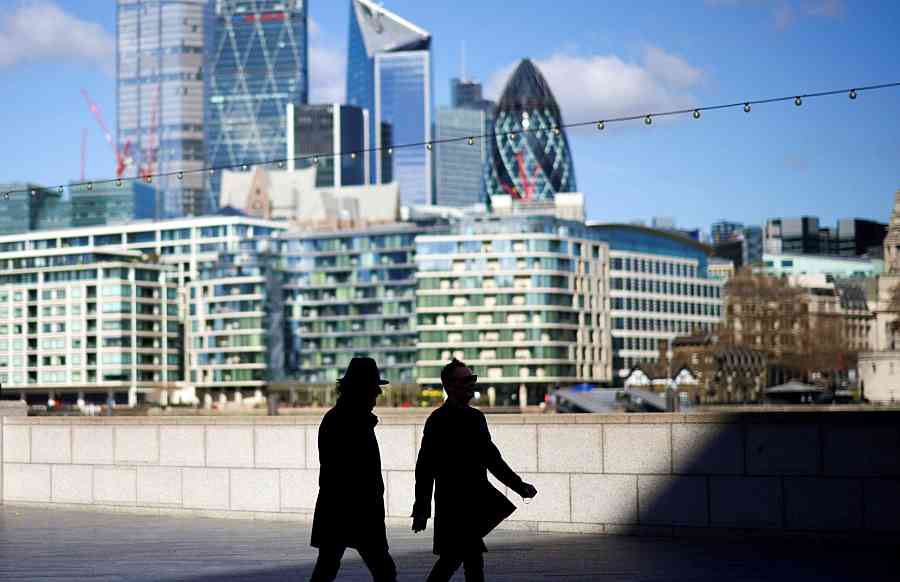Fri 14 Apr 2023:
The United Kingdom has had the lowest employment participation rate among G-7 countries since the coronavirus pandemic began, according to data released on Thursday.
According to the Organization for Economic Cooperation and Development (OECD), the percentage of working-age adults in the UK who are either employed or actively seeking work was 78.6% in the fourth quarter of 2022, up from 79.5% in the same period in 2019, with over 500,000 people leaving the workforce due to long-term illness.
In addition, the UK is one of just seven countries in the 38-member OECD where labor market participation remains lower than it was before the pandemic.
Employers in the UK are struggling to fill near-record vacancies due to a sharp increase in economic inactivity since the start of the pandemic, with half a million more people now inactive compared to February 2020.
This increase is mainly due to older workers leaving the job market and long-term sickness, with over 2.5 million people out of work due to ill health.
The Bank of England suggested that the rise in National Health Service waiting lists and underinvestment in health and social care could be contributing to this trend.
Andrew Bailey, the bank’s governor, has recently warned that failure to address this issue could lead to inflationary pressures as companies increase wages to attract and retain staff.
Between July 2021 and July 2022, the average UK house price increased by £39,000, meaning many homeowners earned more money with their house than in their job, as the current average salary for full-time UK employees is £33,000 as of November 2022, according to ONS.
EasyJet pilot McKenzie, a father of three, has similar plans: he will soon trade his full-time contract for a part-time one and flip properties on the side.
“I’m a captain, and the only reason I’m still working full-time is because my pension pot is small, due to time abroad. I currently contribute the maximum £40,000 to my pension, but in a few years I’ll absolutely go part-time, like a significant number of my colleagues already have, to avoid paying an effective tax rate of 62% [including 2% national insurance, on income between £100,000 and £125,140 due to the loss of the personal tax-free allowance].
“It’s just not worth it to wake up every day at 3am to work in the job I trained for: I’ll have the same take-home pay as I do now – £5,000 a month – by going part-time and reducing my pension contributions.
“This government has given us 12 years of fiscal drag and asset price bubbles, and people no longer see that work pays. It’s crackers.”
Despite the fact that the UK labor participation rate is lower than it was before the pandemic, other OECD nations have witnessed an uptick, with the average participation rate reaching its highest level since 2008.
SOURCE: INDEPENDENT PRESS AND NEWS AGENCIES
___________________________________________________________________________________________________________________________________
FOLLOW INDEPENDENT PRESS:
TWITTER (CLICK HERE)
https://twitter.com/IpIndependent
FACEBOOK (CLICK HERE)
https://web.facebook.com/ipindependent
Think your friends would be interested? Share this story!





